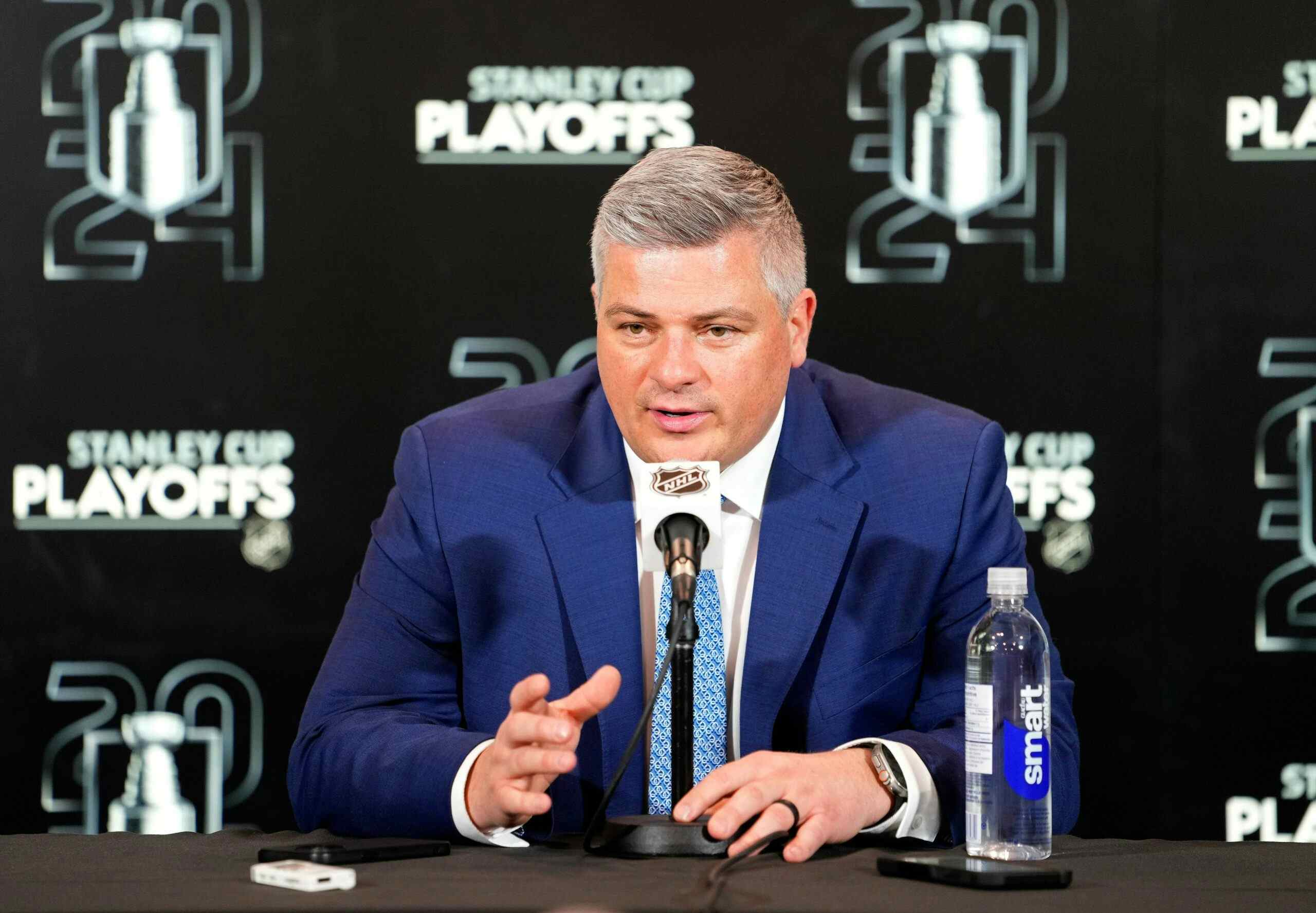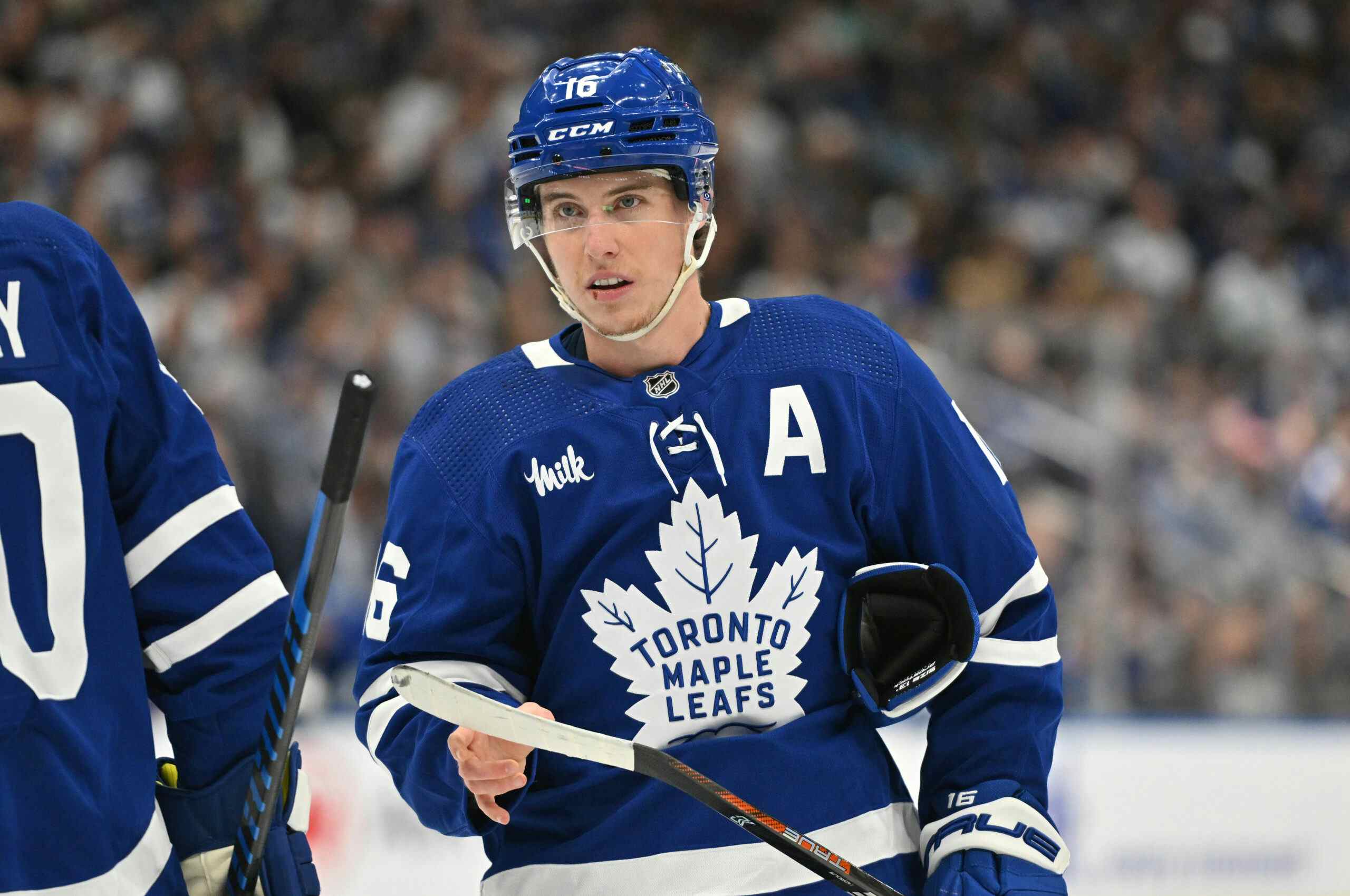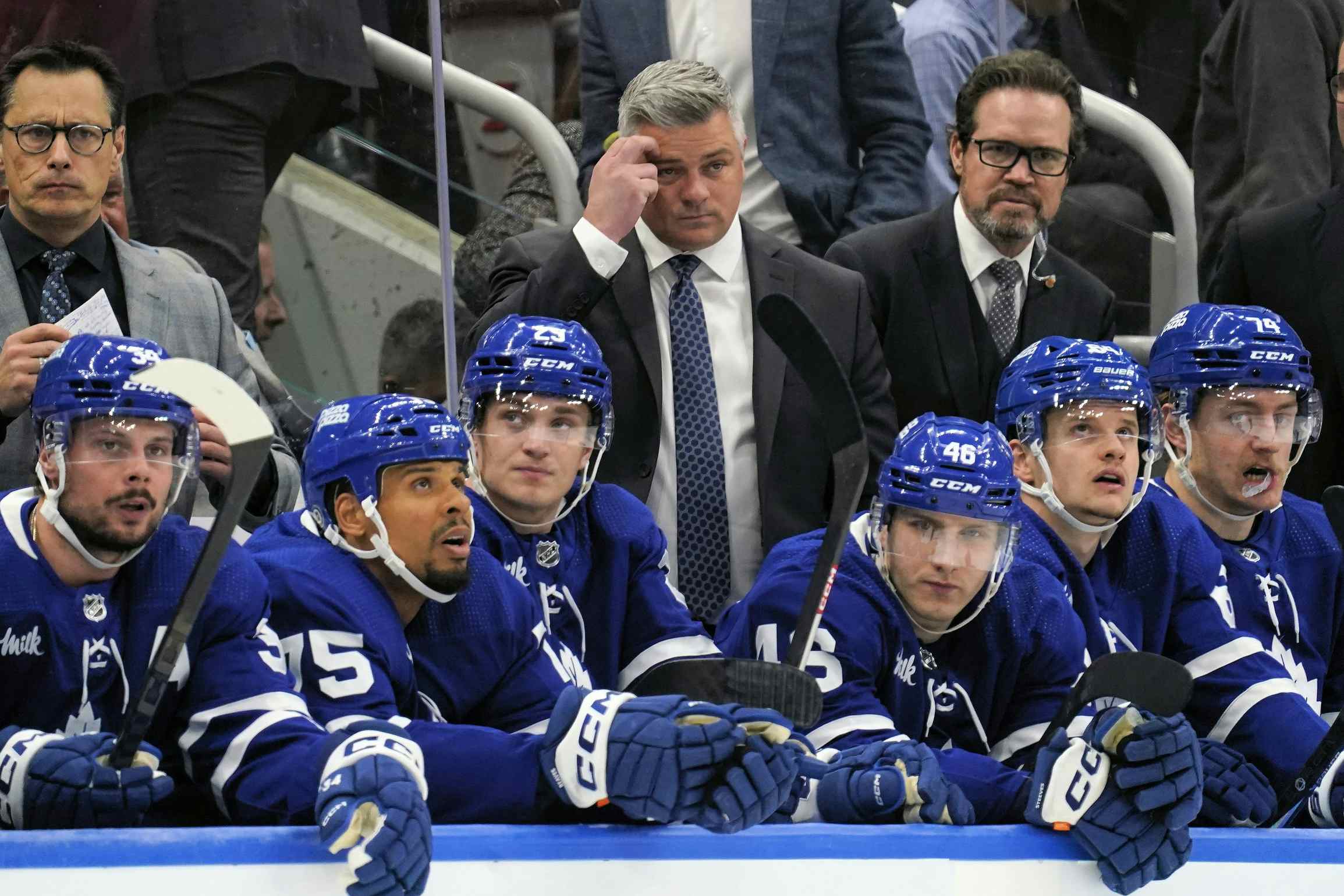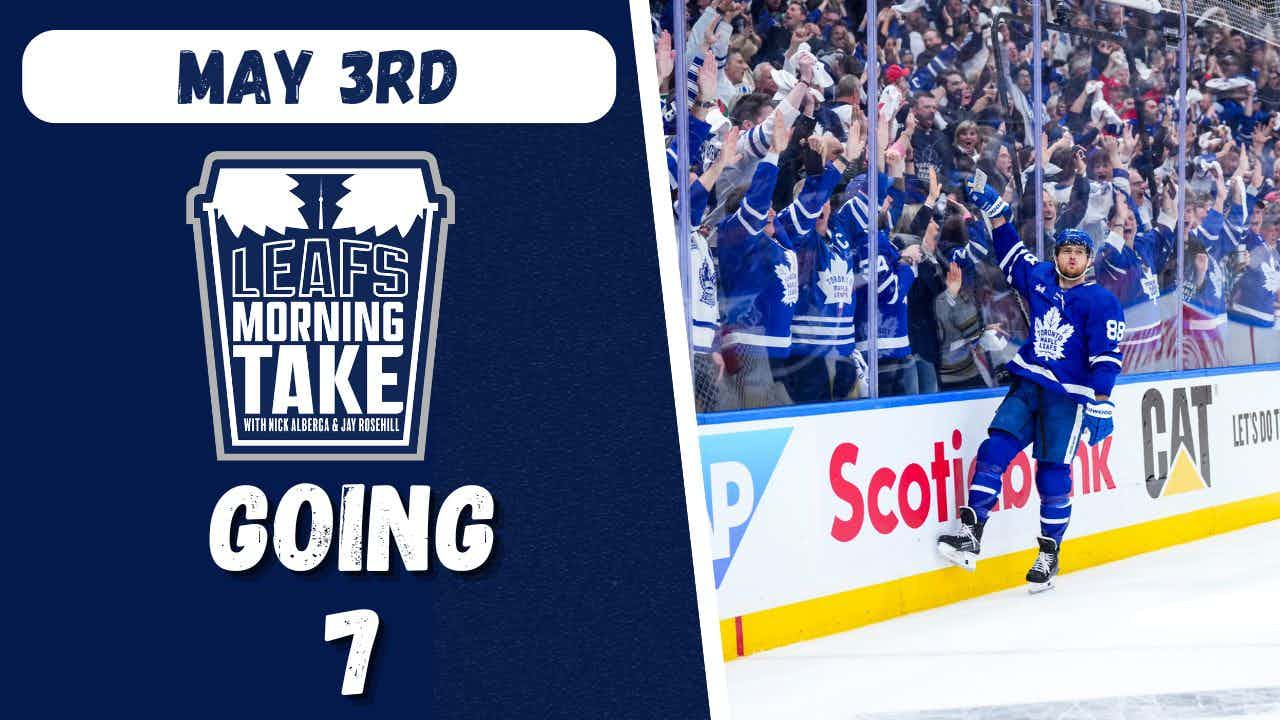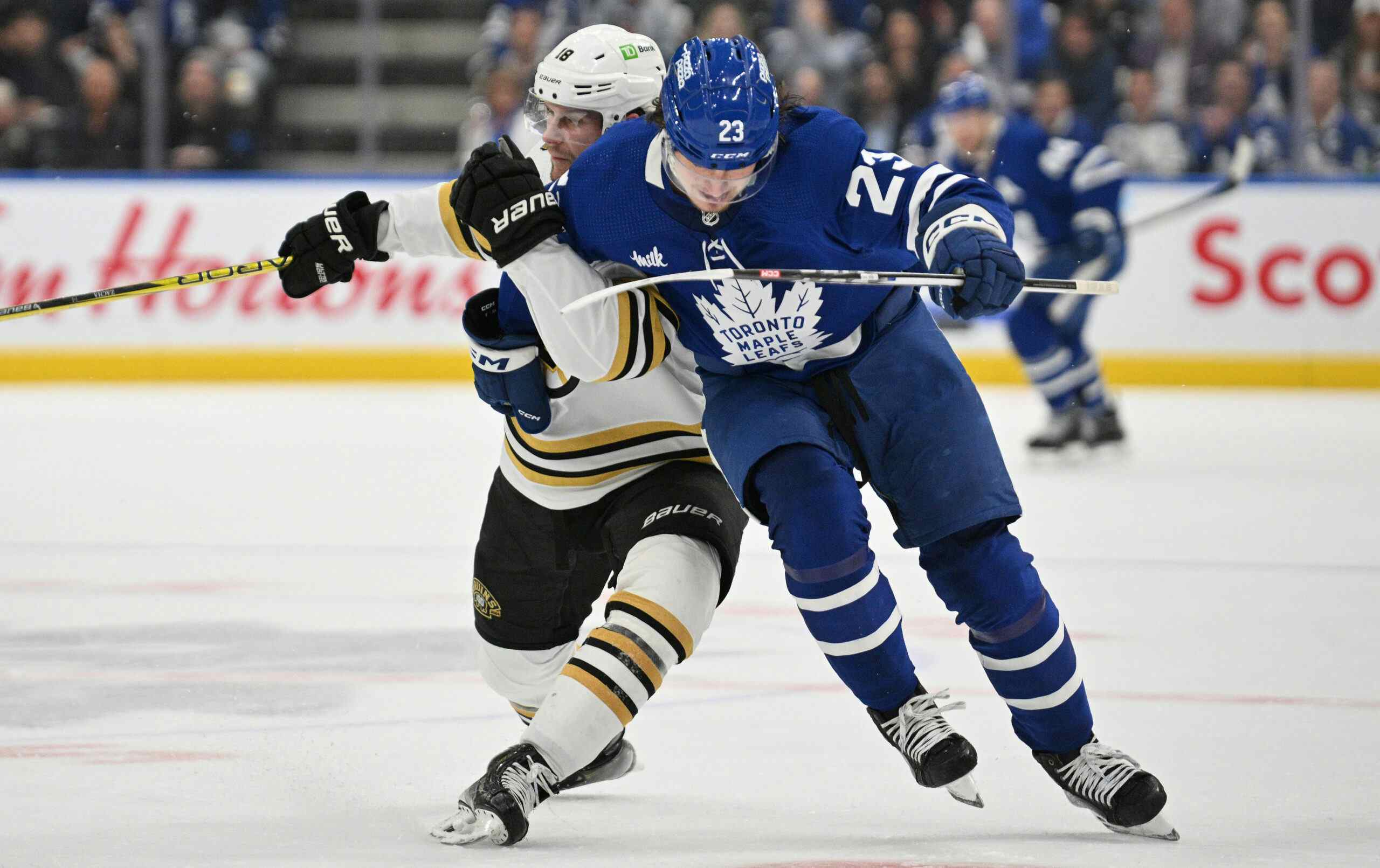Brian Burke on trades, drafting, and parades
By Cam Charron
11 years ago
I came across an interview from Brian Burke on TVO’s ‘The Agenda’ with Steve Paikin. The full interview, entitled ‘The Business of Hockey’ can be found here, but I’ve spliced out some of the more interesting parts and transcribed them here for those of you who don’t have the half hour to listen to the broadcast.
He discussed in some depth his team model, his trade philosophy, the steps he took to draft the Sedin twins in Vancouver and Stanley Cup parades in regards to the passion of Toronto fans. In the interview, he also discussed the importance of having an exciting team, his team culture, and the importance of winning.
Brian Burke on the old model of a hockey team:
“There’s 12 forwards that dress most nights. The old model was “Top Six-Bottom Six”. The Top Six is where all your skill is, your powerplay units are there, that’s where your salary is concentrated in your salary cap, so that is the Phil Kessels, the Joffrey Lupuls, that group. High skill. First powerplay unit, second powerplay unit.Your Bottom Six is more blue collar guys. They do the grunt jobs. They take face-offs. They fight. They kill penalties. They’re the guys on the ice in the last minute of the game when you have a lead. Same with the ‘D’. Four skill ‘D’, two blue collar ‘D’. I think the model has shifted even in the five years since that Cup—to more of a “Top Eight-Bottom Four” “Top Nine-Bottom Three”. More skill in that bottom group, more speed in that bottom group.If you’re going to be a Bottom Six guy now or a Bottom Four, you gotta skate.
Brian Burke on uneven trades:
We call it “skinning a guy”. The problem is if you skin a guy in a deal and you’ll never make another trade with him again. And if you skin guys a lot, then a whole bunch of guys say ‘you know what, I better not deal with that guy: he’s too sharp.’ You can be too good at the job to a point where, you know, Glen Sather’s a genius and there was a point when guys were really nervous about picking up a phone and calling Glen Sather because he won so many deals. He made so many good deals in a row. You can be too sharp for your own good if you make too tough of deals or too many of ’em, but in general, the best deal you have is a deal that you both make again.It’s a card game that requires some knowledge, some threshold knowledge of what’s going to aggravate or insult a guy on the other side.That’s a ploy that [Mike Keenan] would use to make you believe he was unfamiliar with a player or disinterested in a player. I didn’t buy that I don’t think anyone else did but he called me when I was the GM in Hartford and he called me about a trade and he asked me about Eric Weinrich who was a defenceman who played for us, good kid. And he said ‘would you be interested in trading this Reinwich kid?’ I said ‘Mike, his name’s Eric Weinrich,’ and needless to say we never made the trade.
Brian Burke on drafting the Sedin twins:
The three trades that led to the Sedins were probably the trades we made with the most impact. There were two players, three separate trades.We had the third pick in the draft that year. And that draft included the twins, the other Top Four, or the other two guys rated in the Top Four were Patrik Stefan who would have been a marvellous player but had some concussion issues that’s who Atlanta took first. And Pavel Brendl who went fourth. We liked Patrik Stefan, we weren’t big on Brendl, but the World Juniors that year in Winnipeg and the twins weren’t very good, so I’m like ‘we’re not taking the twins. We’re probably going to trade the pick.’ We didn’t like that draft, and we thought we could make a good deal and trade the pick.Then the twins made the men’s senior team for the World Championships in Oslo, and I said ‘you know, we’d better go over and watch these kids’. And they were terrific. Bigger ice surface, they’re playing with men, and back then the Swedish team never took 18-year olds on the senior men’s team. Never, and these two kids made it and they were great. That’s when we said we’re going to get the twins.So we made a deal with Chicago a week before the draft to get the fourth pick, and Bob Murray was the GM in Chicago and it was a very expensive trade for us. We traded Bryan McCabe, in his prime, really good player, and a first, to get the fourth pick. Then we traded up and got the first pick from Tampa Bay and I didn’t want to go up there twice I wanted the twins onstage, we made a deal with Atlanta to drop from one to two. And so we went up and we took them and that’s why they wear 22 and 33. Daniel was drafted second and Hank was drafted third.
Brian Burke on passion in Toronto
I was at the Bruins parade last year, I just happened to be there for Father’s Day. It went right by the hotel I was staying at. Really aggravated me. But I emailed my boss Richard Peddie, I’m looking at the TV because I lived in Boston and practiced law there for a couple of years and I’m looking at the TV where the parade route is and I emailed my boss and said ‘it looks like the parade route is about two miles long. We’ll need ten.’
h/t to @KellyFriesen for linking the interview
Recent articles from Cam Charron

